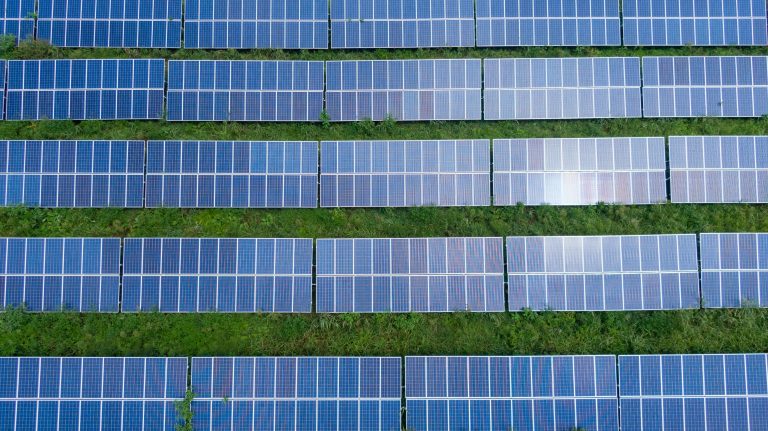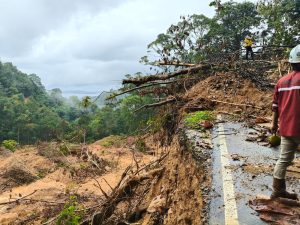Jakarta – Indonesia’s ambition to build 100 gigawatts (GW) of solar energy has received investment support from China through the Belt and Road Initiative (BRI) scheme, with a potential value of USD 900 million, according to observers. This investment is projected to be one of the main drivers of the acceleration of energy transition, especially during President Prabowo’s administration.
The Executive Director of the Indonesian Sustainable Welfare Foundation (SUSTAIN), Tata Mustasya, on Thursday, 6 November, said that this figure was only the beginning of the potential for long-term financing. According to him, based on SUSTAIN’s analysis of historical data from BRI, this amount of investment “could be allocated for the development of renewable energy over the next 10 years. The actual figure could certainly be even higher,” said Tata.
The latest SUSTAIN and CERAH studies indicate that funding flows from China to the renewable energy sector continue to strengthen.
Indonesia is set to be the largest recipient of BRI investment in Southeast Asia, with USD 9.3 billion in inflows by 2024, projected to create more than 191,000 jobs. Of the total investment, USD 900 million, or around Rp 14.4 trillion, will flow into the energy sector, with 56 per cent explicitly earmarked for renewable energy projects.
According to the report, this amount of funding is sufficient to support the implementation of the 2025–2034 RUPTL and, at the same time, drive large-scale solar energy projects up to 100 GW.
Tata gave an example that the scale of investment was equivalent to 80 projects of the same class as the Cirata Floating Solar Power Plant. “With that amount of electricity capacity, as many as 4 million households could benefit,” he said.
In addition to providing clean electricity, the construction of a large number of solar power plants could create 112,000 new jobs, reduce carbon emissions by up to 17.12 million tonnes, and accelerate the electrification of coastal areas.
Industry collaboration and electric vehicles
Green investment from China is not only flowing into the electricity sector. Indonesia is also establishing itself as a centre for electric vehicle (EV) production in Southeast Asia. Two major projects are currently underway: a USD 1.3 billion BYD factory in Subang and a CATL battery production facility in Karawang. This move puts Indonesia in direct competition with Thailand as an EV hub.
The China World Resources Institute (WRI) also recognises the importance of an inclusive approach. WRI Finance Director Shuang Lin believes that collaboration will be more effective if it involves local communities and knowledge transfer. “As a sign of their commitment, investors are providing equipment and specialised vocational training to build the capabilities of the local workforce, which will drive the success of this collaboration,” he said.
Ardhitya Eduard Yeremia Lalisang, a lecturer in International Relations at the University of Indonesia, reminded the government that it must ensure the impact of investment is felt widely, especially by residents living near the project site. He emphasised that employment opportunities should not be limited to those with higher education.
“Regulations and their implementation must shift from a top-down approach to a community-oriented one. Before formulating policies, we must ask ourselves how they can benefit the communities that truly need them,” she emphasised. (Hartatik)
Banner photo: Kelly/Pexels.com















